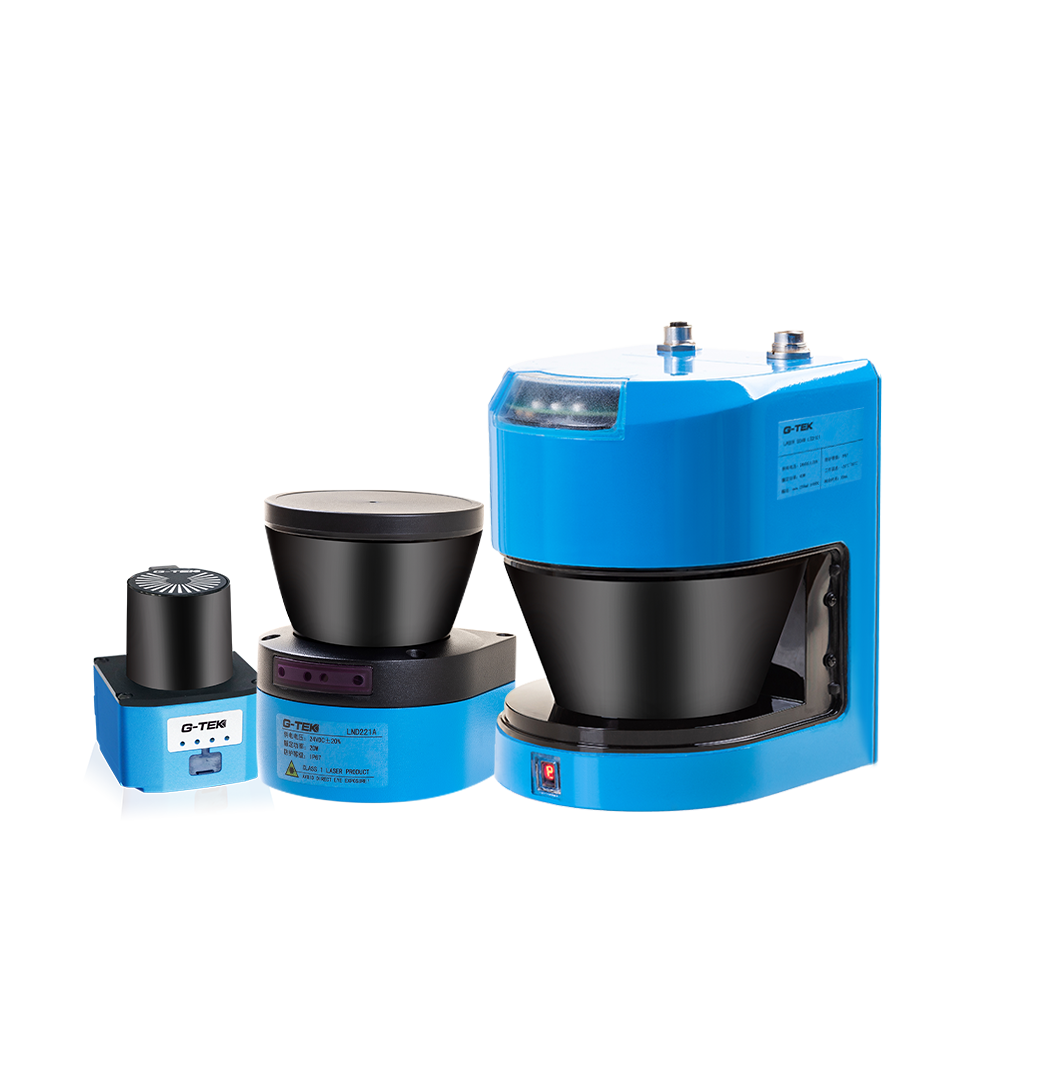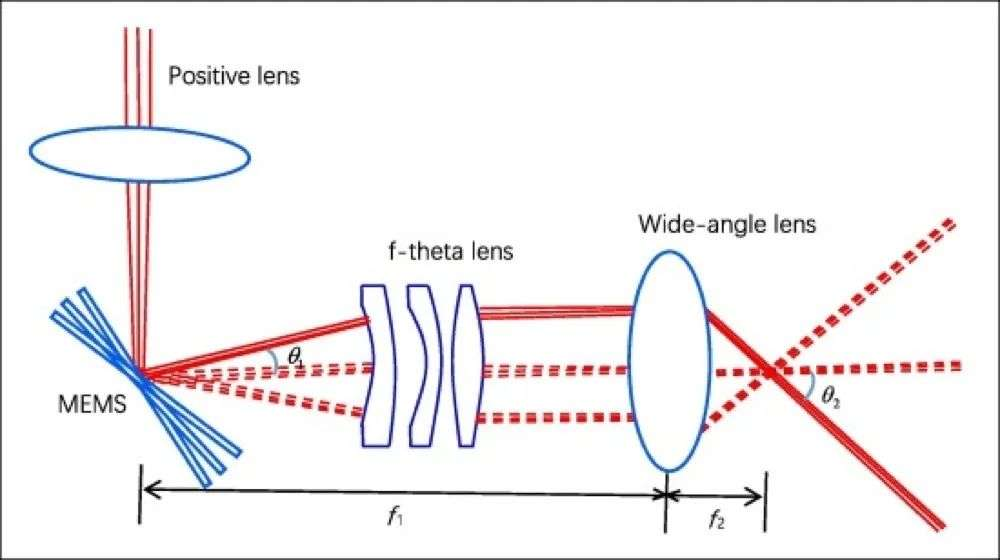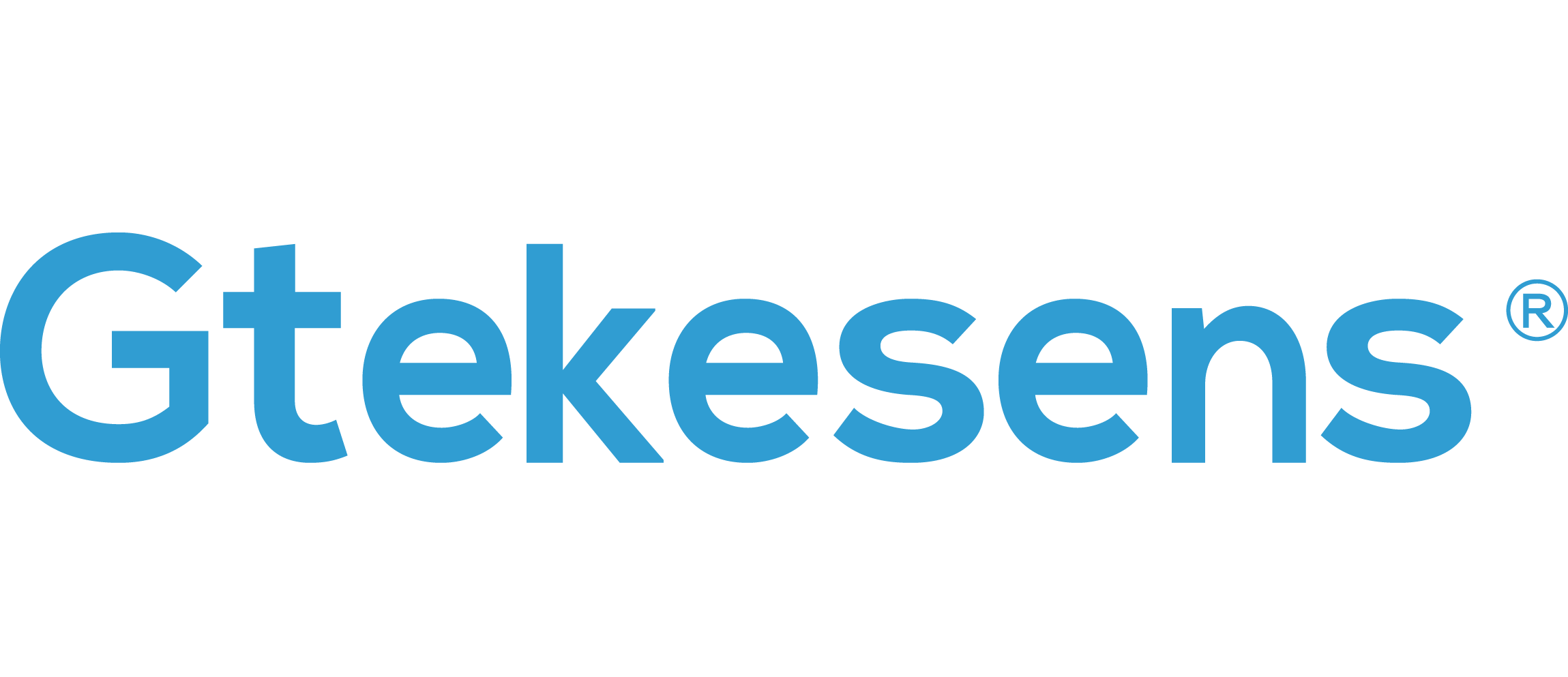NEWS
Why did the on-board radar abandon the prismatic semi-solid lidar in the first place?
- Categories:News
- Author:G-TEK Sensor
- Origin:
- Time of issue:2022-06-20 11:55
- Views:
(Summary description)
Why did the on-board radar abandon the prismatic semi-solid lidar in the first place?
(Summary description)
- Categories:News
- Author:G-TEK Sensor
- Origin:
- Time of issue:2022-06-20 11:55
- Views:
Lidar can be divided into mechanical, semi-solid and pure solid-state according to the scanning method. For obstacle avoidance robots, most AGV robot manufacturers still insist on mechanical lidar, because its accuracy is higher and the probability of accidents is smaller. However, for the current stage of mass production of lidar, semi-solid laser radar is the object of choice for car manufacturers.

(The mechanical laser radar applied in the AGV field by G-TEK sensor manufacturer)
If the semi-solid lidar is divided according to the imaging mode, it can be divided into three schemes, namely MEMS galvanometer, double wedge prism and rotating mirror (one-dimensional, two-dimensional). Among them, due to the relatively mature MEMS technology and the reduction of mechanical structural components, it has advantages in optical quality and power consumption, so the MEMS galvanometer can be regarded as the mainstream semi-solid laser radar solution at present.
The rotating mirror solution has a shorter service life in comparison due to the internal mechanical rotation mechanism.
The double-wedge prism solution means that it includes two wedge-shaped prisms. The laser is deflected for the first time after passing through the first wedge-shaped prism, and the second deflection occurs after passing through the second wedge-shaped prism. As long as the relative rotational speed of the two prisms is controlled, the The scanning shape of the laser can be controlled.

The point cloud image scanned by the double wedge prism scheme presents a chrysanthemum shape, which belongs to nonlinear scanning, and the point cloud data has a high degree of dispersion and belongs to unstructured data. For self-driving companies and automakers, this nonlinear scanning approach has two major drawbacks.

First, for self-driving companies that use AI technologies such as neural networks, using such radars requires the use of new algorithms. If an autonomous driving company has accumulated tens of thousands of kilometers of data using mechanical laser radar before, and trained the neural network on it, it cannot be used on the new radar. It needs to re-accumulate perception data and develop perception algorithms.
Second, not only algorithm adaptation is required, but processing such nonlinear scans also requires greater computing power.
In addition, the double-wedge prism scheme requires more computing power. Since this scheme controls the scan line through the refraction angle of the two mirrors, it has higher requirements for accuracy and adjustment process, which is generally better than that of one-dimensional prisms. , the two-dimensional mirror scheme is more difficult.
Finally, compared to drone mounts, vehicle lidars are more susceptible to bumps.
In addition to functional issues, its cost issue is also a disadvantage. Because this scheme has higher requirements on the performance, control, life and other indicators of the internal motor, the retail price is set higher. For car companies, the wholesale price exceeds the budget, and the product will not be their best choice.
In fact, the double wedge prism solution itself is more suitable for surveying and mapping and security markets, such as scanning static objects, V2X, surveying and mapping, low-speed robots, etc. Only in this static scene can it exert its maximum function. Finding the right development direction may also be an advantage of the product.
Scan the QR code to read on your phone
Copyright © 2019 Tianjin G-TEK sensor technology co..ltd 津ICP备19006465号-1 Powered By 300.cn










